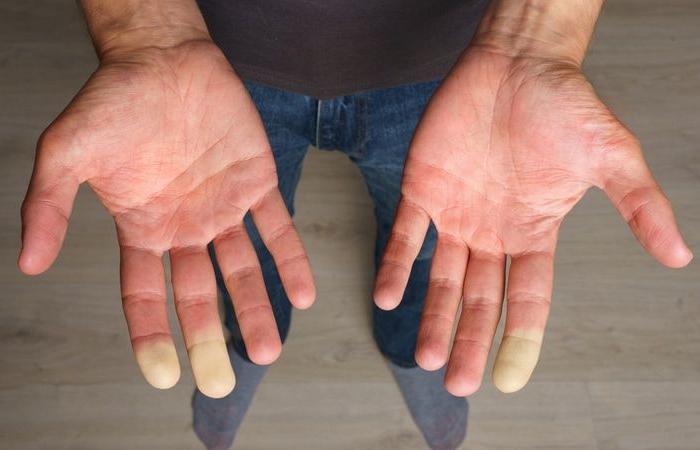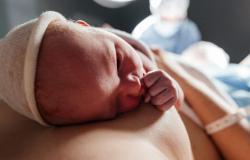Raynaud’s phenomenon (or syndrome) affects approximately 5 % of the general population. In 80 % of cases, it is a primitive pathology (unrelated to an autoimmune disease) which can become disabling and weigh heavily on the quality of life, especially when severe attacks tend to multiply. Current treatments are symptomatic and generally little (or not) effective. The randomized trials that study new drugs come up against the lack of criteria to objectively assess the severity of attacks, regardless of their duration or their frequency.
The Raynaud’s Condition Score illustrates the current limits, the results obtained which take into account the impact of the symptoms evaluated on a Likert scale from 0 to 10, are largely subjective and highly sensitive to the placebo effect. This is where new technologies could intervene, notably through the smartphone. For the past ten years, patients have tended to use this tool to take photos of their hands during attacks and show them in consultation.
Two studies in one: towards the proof of the concept
A small British study published online in Rheumatology underlines the potential interest of this approach from the angle of clinical and therapeutic research. The underlying idea is that the changes in color of the ends affected by Raynaud’s phenomenon are correlated with the severity of the attack. A mobile application combining hands photograph during crises and automated analysis of skin color changes was evaluated.
Two additional studies were in fact conducted. The first included 36 patients with a secondary form of Raynaud’s syndrome, in this case diagnosed as part of a systemic scleroderma: the participants photographed their hands during the attacks, this with their own smartphone and parallel a paper journal to meet their observations.
In the second study, 40 cases of Raynaud syndrome (primary or secondary) were included: participants then used a dedicated application that integrates photos, severity scale and ad hoc questionnaires.
In the two studies, the images were analyzed using an algorithm measuring skin color changes by the distance from Bhattacharyya* (BD) in the Colorimetric space Cie LaB ** by comparing the fingers affected on the back of the hand (not touched during attacks).
-Encouraging results to validate
From these two additional studies, it appears that the acceptability of the smartphone in the assessment of attacks appears high: in the first study, 88 to 92 % of participants highlight its ease of use, including in the event of severe damage to the anatomical structures of the hands. Three out of four patients prefer the mobile application to the paper newspaper. Furthermore, there is a strong correlation between the frequency (but not the severity) of the attacks recorded via the photos and the newspaper (R = 0.71; p = 0.002) in the second study, the variation in the color evaluated by the distance from Bhattacharyya (1747 images, 456 attacks) was significantly associated (p <0.001) with the self -commissioned severity of the CISS. although the correlation is modest.
The interest of this new metric seems obvious, if we refer to the limits of the scores, in particular of the Raynaud’s Condition Scoretoo sensitive to the subjectivity of the patient and the placebo effect. The quantitative and automated assessment of the blood circulation of the hands could become a new standard for the therapeutic trials devoted to Raynaud syndrome. The validation of this tool deserves to be continued by focusing in particular on the case of very damaged hands, populations with darker phototypes, and the sensitivity of the objective criteria for the effects of such or such treatment. The proof of the concept seems to be holding, but the transition to the subsequent stages of development is not assured …
To find out more:
The distance de Bhattacharyya* which makes it possible to assess the similarity between two probability distributions is often used in computer vision and in automatic classification To compare color histograms.
Space Colorimetric Cie Lab**, for its part, represents colors as close as possible to human perception. The application of the distance of Bhattacharyya in this colorimetric space makes it possible to segment the images and to identify certain patterns.








